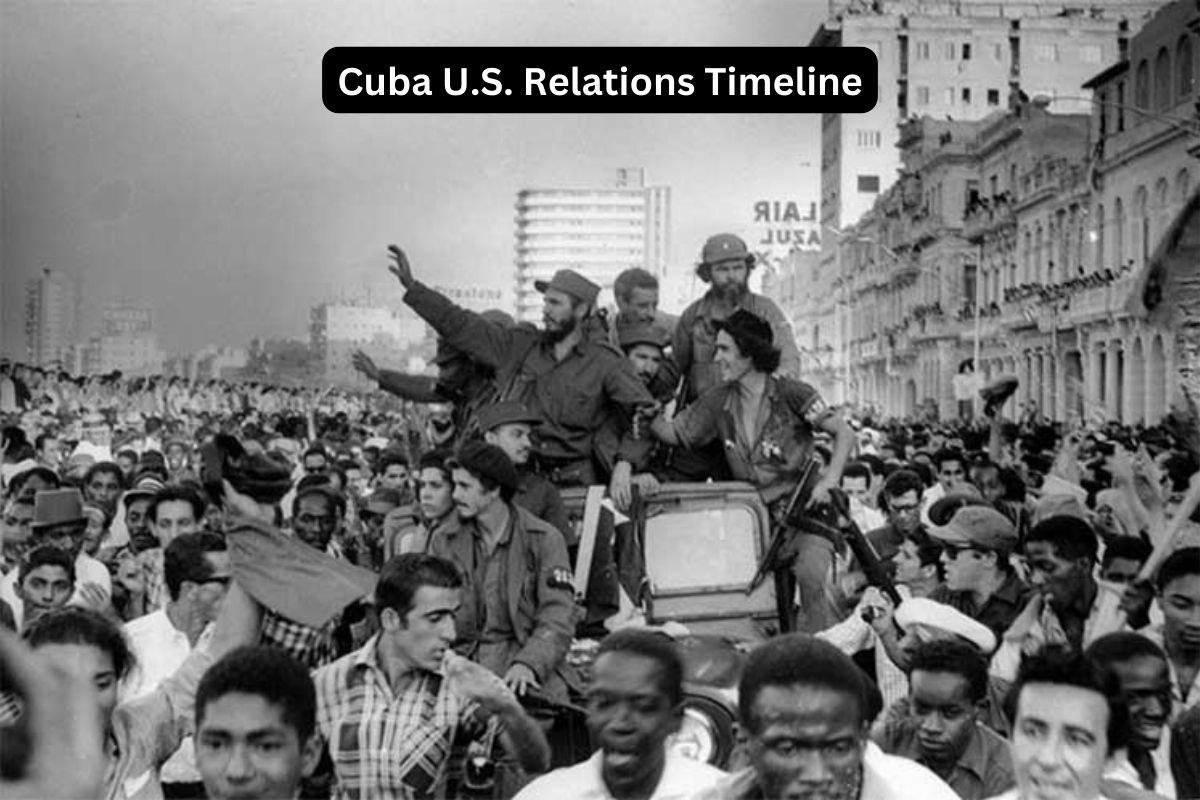Cuba-U.S. relations have long been characterized by a complex interplay of diplomacy, conflict, and shifting policies.
From the aftermath of the Spanish-American War to the present day, the relationship between these neighboring nations has experienced highs and lows, marked by moments of cooperation as well as intense confrontation.
This article provides a succinct overview of key events shaping the trajectory of Cuba-U.S. relations, spanning from the late 19th century to the current geopolitical landscape.
By examining pivotal moments such as the Cuban Revolution, the Bay of Pigs invasion, and diplomatic efforts to normalize ties, we gain insight into the intricate dynamics that continue to shape this enduring geopolitical saga.
| Year | Event |
|---|---|
| 1898 | The Spanish-American War ends; Cuba gains independence from Spain but becomes a de facto protectorate of the United States. |
| 1902 | Cuba formally gains independence from the United States. |
| 1959 | Fidel Castro leads a revolution in Cuba, overthrowing the government of Fulgencio Batista. |
| 1960 | The United States imposes a partial trade embargo on Cuba. |
| 1961 | The Bay of Pigs invasion: Cuban exiles, trained and supported by the CIA, attempt to invade Cuba but are defeated by Castro’s forces. |
| 1962 | The Cuban Missile Crisis: The U.S. discovers Soviet missiles in Cuba, leading to a tense standoff between the two superpowers. |
| 1980 | The Mariel boatlift: Cuba allows thousands of Cubans to leave for the United States, leading to a migration crisis. |
| 1982 | The U.S. designates Cuba as a state sponsor of terrorism. |
| 1996 | The Helms-Burton Act is signed into law, further tightening the U.S. embargo on Cuba. |
| 1999 | Elián González, a Cuban boy, becomes the center of an international custody dispute between Cuba and the United States. |
| 2001 | The U.S. allows limited sales of food and medicine to Cuba. |
| 2014 | President Barack Obama announces plans to normalize diplomatic relations with Cuba, including the reopening of embassies in Havana and Washington, D.C. |
| 2016 | President Obama makes a historic visit to Cuba, becoming the first sitting U.S. president to do so since 1928. |
| 2017 | President Donald Trump announces changes to U.S. policy toward Cuba, rolling back some of the Obama-era policies and reinstating restrictions on travel and business dealings with Cuba. |
| 2021 | The Biden administration announces a review of U.S. policy towards Cuba but does not immediately reverse the Trump-era policies. |
Timeline of Cuba U.S. Relations
1898: The Spanish-American War ends
The Spanish-American War concludes with the signing of the Treaty of Paris. As a result, Cuba gains independence from Spain.
Also Read: Cuban Missile Crisis Timeline
However, the United States exerts significant influence over the island nation, effectively making it a protectorate. The U.S. oversees the drafting of the Cuban Constitution, which grants Cuba independence but also allows the United States to intervene in Cuban affairs.
1902: Cuba formally gains independence from the United States
On May 20, 1902, Cuba officially gains independence from the United States. The Platt Amendment, which was included in the Cuban Constitution, allows the United States to intervene in Cuban affairs to maintain stability and protect American interests.
Despite this intervention, Cuba becomes a sovereign nation, albeit with limitations on its autonomy.
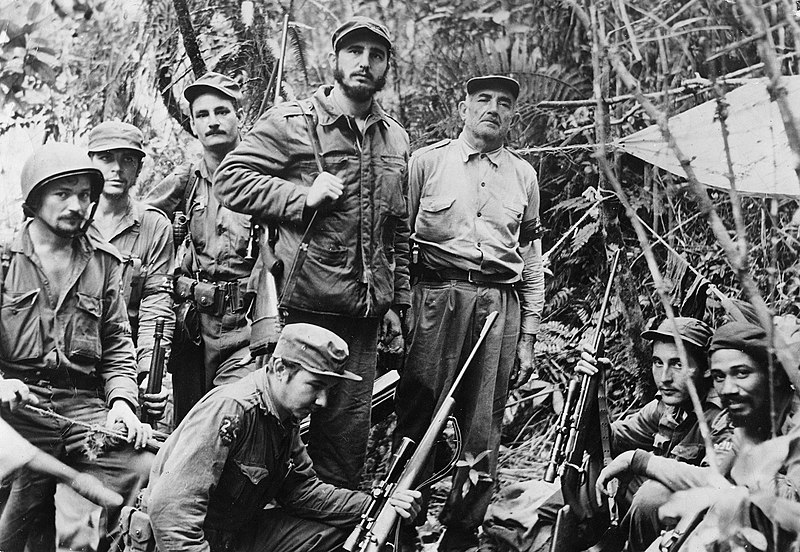
1959: Fidel Castro leads a revolution in Cuba, overthrowing the government of Fulgencio Batista
Fidel Castro leads a successful revolution against the government of Cuban dictator Fulgencio Batista. Castro’s forces, including Che Guevara, overthrow Batista’s regime, which had been characterized by corruption and oppression.
The revolution establishes Castro’s communist government in Cuba, marking a significant shift in the country’s political landscape and its relationship with the United States.
1960: The United States imposes a partial trade embargo on Cuba
Tensions between Cuba and the United States escalate as the Cuban government nationalizes American-owned businesses and industries without compensation.
Also Read: Cuba Historical Facts
In response, the United States imposes a partial trade embargo on Cuba, restricting the export of goods to the island nation. This marks the beginning of a long period of strained relations between the two countries.
1961: The Bay of Pigs invasion
In April 1961, Cuban exiles, backed by the United States and the CIA, launch an invasion of Cuba at the Bay of Pigs. The invasion, aimed at overthrowing Castro’s government, ends in failure within days, as Cuban forces quickly defeat the invaders.
The Bay of Pigs invasion serves as a humiliating defeat for the United States and further solidifies Castro’s grip on power in Cuba.
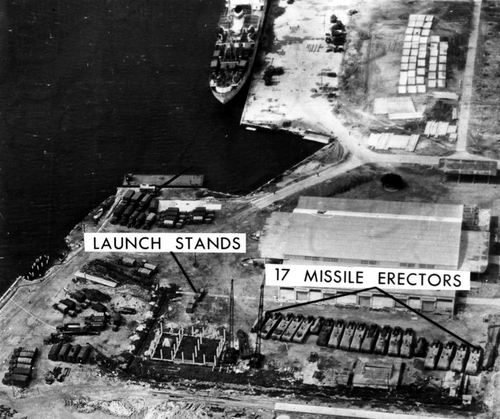
1962: The Cuban Missile Crisis
In October 1962, the world comes to the brink of nuclear war during the Cuban Missile Crisis. The United States discovers Soviet nuclear missiles in Cuba, capable of reaching American cities.
This discovery triggers a tense standoff between the United States and the Soviet Union, with both sides engaging in intense diplomatic negotiations.
Eventually, a resolution is reached, with the Soviets agreeing to remove the missiles in exchange for the U.S. promising not to invade Cuba and secretly agreeing to remove U.S. missiles from Turkey.
1980: The Mariel boatlift
In 1980, Cuban leader Fidel Castro opens the port of Mariel to allow Cuban citizens to leave the country for the United States. Over 125,000 Cubans flee to Florida in what becomes known as the Mariel Boatlift.
This mass exodus includes not only political dissidents but also criminals and mental health patients. The Mariel Boatlift strains relations between Cuba and the United States and has significant social and economic implications for both countries.
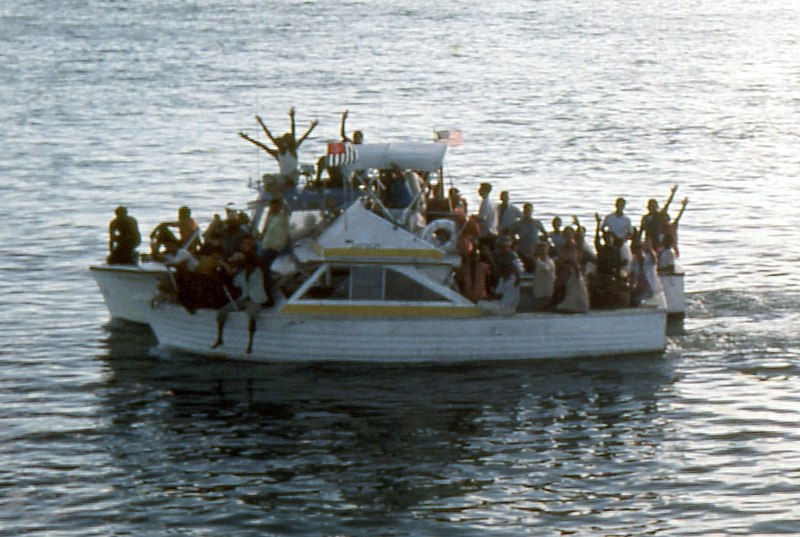
1982: The U.S. designates Cuba as a state sponsor of terrorism
In 1982, the United States officially designates Cuba as a state sponsor of terrorism. This designation stems from Cuba’s support for revolutionary movements and guerrilla groups in Latin America, as well as its alliance with countries such as the Soviet Union and North Korea.
The designation leads to further tensions between the two countries and additional economic sanctions against Cuba.
1996: The Helms-Burton Act is signed into law, further tightening the U.S. embargo on Cuba
The Helms-Burton Act, signed into law by President Bill Clinton in 1996, further tightens the U.S. embargo against Cuba. The legislation strengthens economic sanctions against Cuba and imposes penalties on foreign companies that do business with Cuba.
The Helms-Burton Act reflects the continued hard-line stance of the United States towards the Cuban government and contributes to the isolation of Cuba in the international community.
1999: Elián González, a Cuban boy, becomes the center of an international custody dispute between Cuba and the United States
In November 1999, Elián González, a Cuban boy, becomes the center of an international custody dispute between Cuba and the United States. Elián is found floating on an inner tube off the coast of Florida after his mother and several others died attempting to reach the United States.
The case sparks a heated debate over immigration policy and parental rights. Ultimately, Elián is returned to his father in Cuba, leading to protests from Cuban exiles in the United States and further straining relations between the two countries.
2001: The U.S. allows limited sales of food and medicine to Cuba
In response to humanitarian concerns, the United States allows limited sales of food and medicine to Cuba in 2001. This marks a shift in U.S. policy towards Cuba, as the embargo continues but with exemptions for essential items such as food and medicine.
The decision aims to alleviate the suffering of the Cuban people while maintaining pressure on the Cuban government.
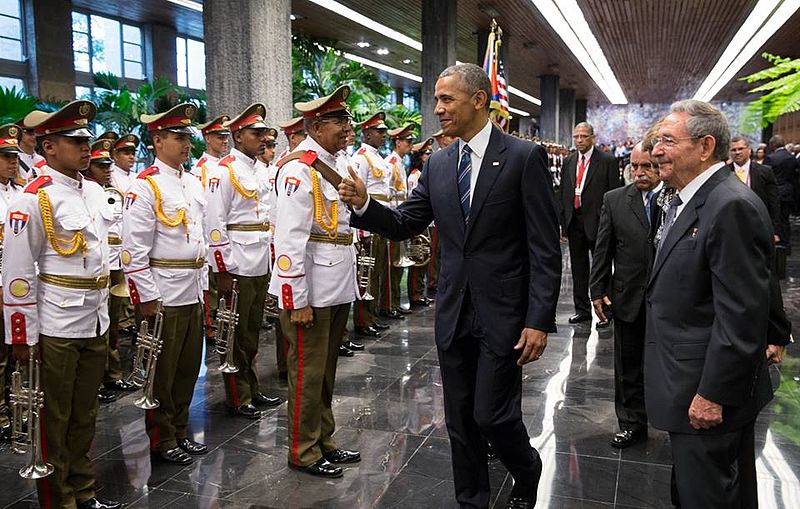
2014: President Barack Obama announces plans to normalize diplomatic relations with Cuba
In December 2014, President Barack Obama announces plans to normalize diplomatic relations with Cuba. This includes the reopening of embassies in Havana and Washington, D.C., after more than 50 years of severed diplomatic ties.
The move is accompanied by a series of measures to ease travel and trade restrictions between the two countries, signaling a significant shift in U.S. policy towards Cuba.
2016: President Obama makes a historic visit to Cuba, becoming the first sitting U.S. president to do so since 1928
In March 2016, President Barack Obama makes a historic visit to Cuba, becoming the first sitting U.S. president to do so since 1928. The visit is seen as a milestone in the thawing of relations between the two countries and aims to further promote engagement and cooperation.
Obama’s visit includes meetings with Cuban President Raúl Castro and discussions on various issues, including human rights and economic reforms.
2017: President Donald Trump announces changes to U.S. policy toward Cuba
In June 2017, President Donald Trump announces changes to U.S. policy towards Cuba, rolling back some of the measures implemented by the Obama administration.
Trump’s policy reinstates restrictions on travel and business dealings with Cuba, tightening the economic embargo and limiting opportunities for engagement between the two countries. The move reflects a return to a more confrontational approach towards the Cuban government.
2021: The Biden administration announces a review of U.S. policy towards Cuba but does not immediately reverse the Trump-era policies
In 2021, the Biden administration announces a review of U.S. policy towards Cuba. While President Joe Biden expresses a desire to improve relations with Cuba and ease some of the restrictions imposed by the Trump administration, no immediate changes are made to U.S. policy towards the island nation.
The review reflects ongoing debates within the U.S. government over the best approach to engage with Cuba and promote democratic reforms while addressing human rights concerns.
